So what can you do to save your stuff before it falls into the nothing of the Web? McCain has a few suggestions. I’ve organized them into the five Ws and one H to make things a little easier.
Read more at the Reynolds Journalism Institute blog.
Your source for what's new at Mizzou Libraries
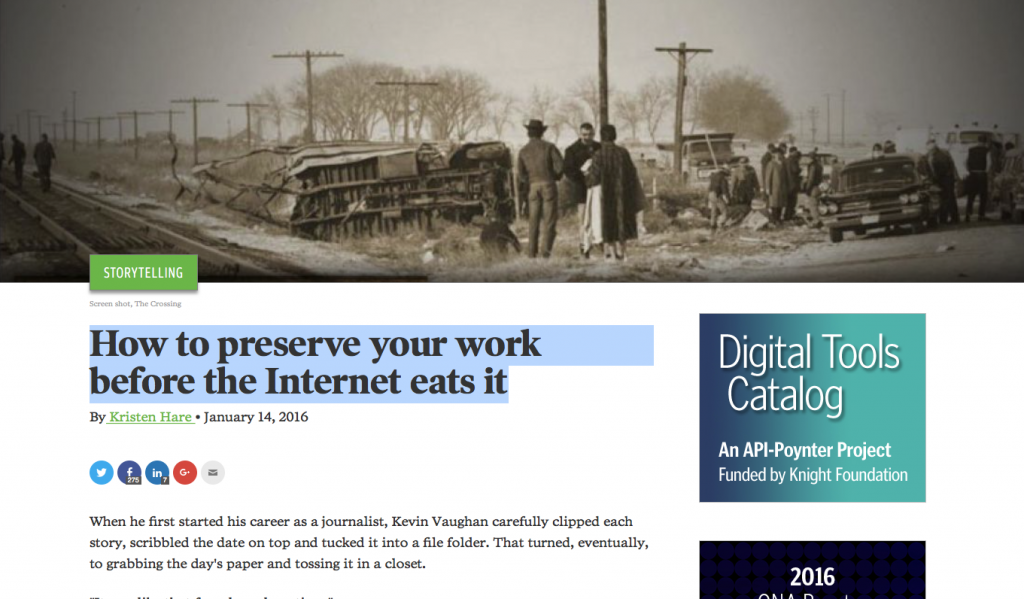
So what can you do to save your stuff before it falls into the nothing of the Web? McCain has a few suggestions. I’ve organized them into the five Ws and one H to make things a little easier.
Read more at the Reynolds Journalism Institute blog.

Edward McCain: Today we face a very real memory hole of our own making, especially when it comes to journalism. The move from analog to digital has disrupted the print and broadcast revenue models and seems likely to do so for the foreseeable future.
Read more at the Reynolds Journalism Institute blog: Models for preserving news archives that long served the industry leave digital content in peril
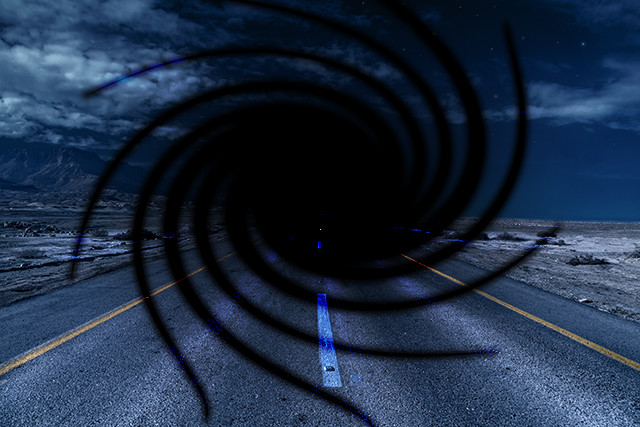
We started digging our current Memory Hole a few decades ago: Technological systems that support the creation and presentation of modern journalism morphed so quickly that we no longer know where the treasure is buried.
Read more at the Reynolds Journalism Institute blog: McCainspeakwrite plusgood, or How I came up with the name ‘Dodging the Memory Hole’

It’s been two years since I rolled out of Tucson, Arizona, and headed east on Interstate 10 toward the University of Missouri. I brought audiobooks to pass the hours on cruise control. My first selection was George Orwell’s Nineteen Eighty-Four.
Read more at the Reynolds Journalism Institute blog: McCainspeakwrite or How I came up with the name ‘Dodging the Memory Hole’
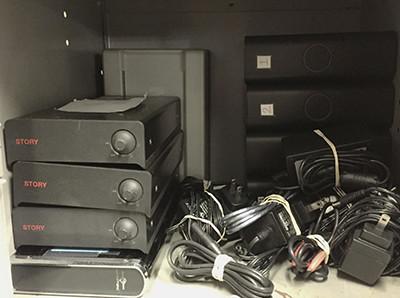
Let’s return to the Missourian’s photo desk. Aside from not knowing which drive or disk might hold a certain photo, there was a much bigger problem: There was only one copy of each photo file stored on a drive or disk.
Read more at the Reynolds Journalism Institute blog: Preserving a visual record, Part 2
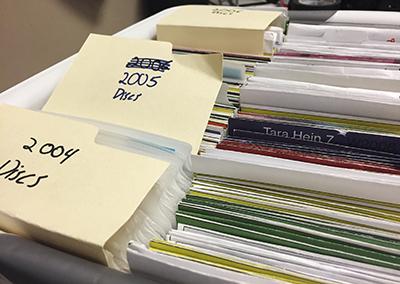
As a digital curator of journalism, I have a tendency to ask people — laypeople and journalists — what types of content they’d like to see or retrieve from news archives. Consistently, photography comes up as one of the top answers.
Read more at the Reynolds Journalism Institute blog: Preserving a visual record, Part 1

A $35,000 grant from the Knight News Challenge on libraries will help University of Missouri Libraries and the Donald W. Reynolds Journalism Institute develop a long-term model to protect born-digital news content from being lost forever.
Read more at the Reynolds Journalism Institute blog: Knight grant will help RJI develop born-digital-news preservation model
In the face of decreasing revenues and increasing costs, news agencies everywhere are exploring creative methods of extracting more funding from their products. Some methods are more suitable to larger organizations and others to smaller ones.
Read more at the Reynolds Journalism Institute blog: Monetization of news
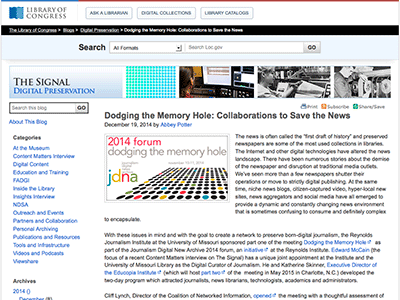
The news is often called the "first draft of history" and preserved newspapers are some of the most used collections in libraries.
Read more at the Reynolds Journalism Institute blog: Dodging the Memory Hole: Collaborations to save the news

Among the many stories shared at the recent "Dodging the Memory Hole" forum at RJI, none were more gripping and significant than the tale of how the Denver Public Library ended up owning the Rocky Mountain News archive.
Read more at the Reynolds Journalism Institute blog: How the Denver Public Library ended up owning the Rocky Mountain News archive